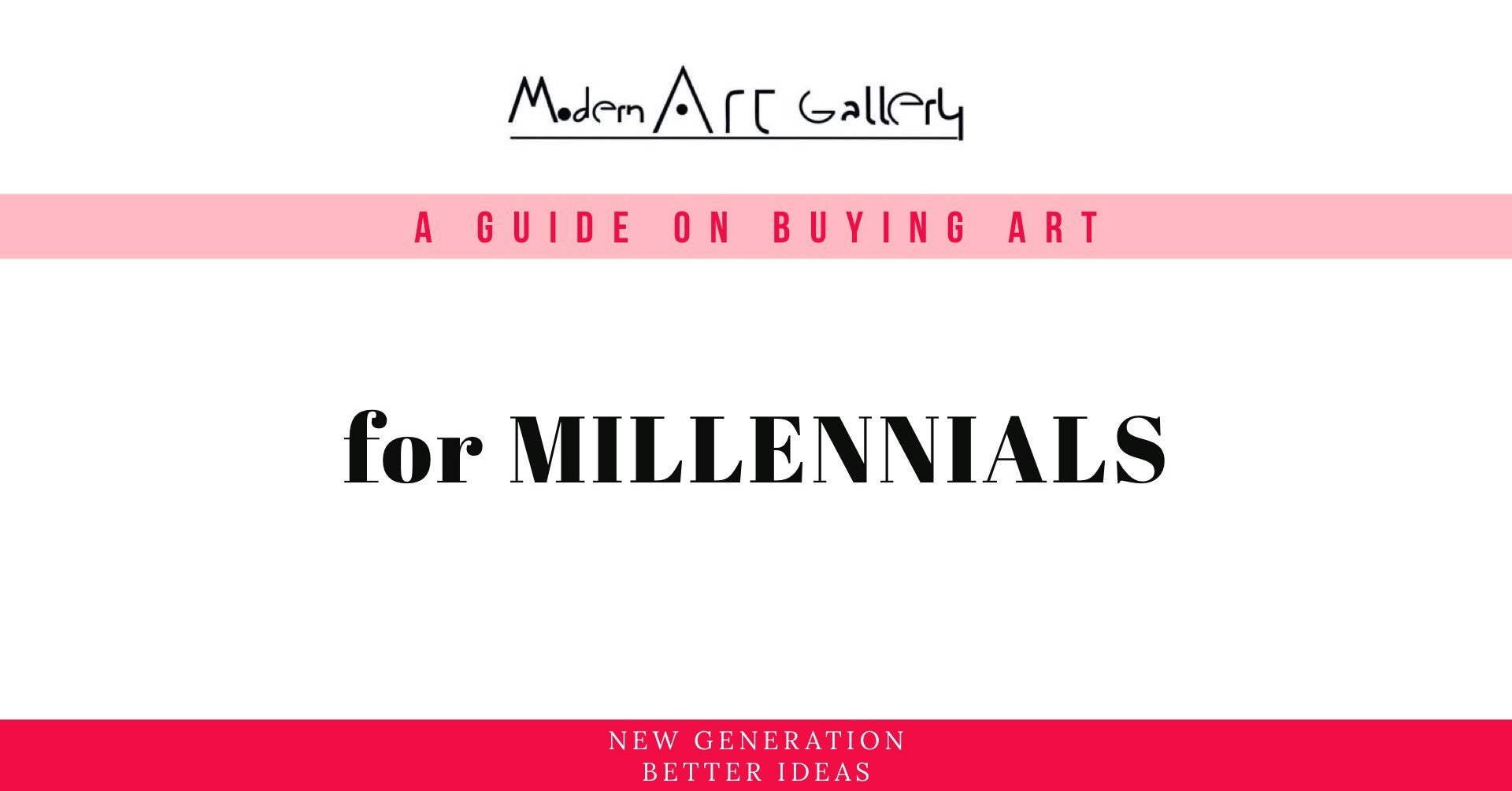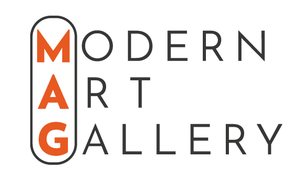
A Guide on Buying Art- For Millenials
Why should millennials buy art? What should they buy? What is the future impact of their purchases? ... and more!
Forget real estate- “art flipping” is the #millennials way of building wealth. Born between the 80s-90s, Millennials are the largest labour generation in India. With more education than the generation before them, these New Gen Collectors comprise of entrepreneurs, freelancers, new employers or people belonging to art collector families. And- they are twice as likely to view art as a financial asset than the Baby Boomers (Born 40-60s). In fact Millennials are expected to make the largest wealth transfer of ~$68 Trillion to their children!
MYTH 1- I don’t know anything about “Art”…
…. Yes but you know YOU. You know better than anyone else what you like, what gets you excited. You know what motivates you and gets you out of bed before the alarm. You have seen enough and experienced enough to recognize when something strikes a chord, piques your curiosity and grabs your attention.
And that’s what art does, it speaks for you. Your collection resonates your personality and enhances your personal brand. This is what we call authenticity and it’s a quality that seems to be a dwindling commodity in today’s consumeristic culture. As a Millennial, you’ve already been exposed to more art than you know, through social media and brand partnerships.
So, trust yourself and take your time- you’re playing long term! To know what kind of art resonates with your personality, we at the gallery try conduct a art personality test and based on your results we suggest the artists whose journeys you can resonate with. Take the test!
MYTH 2- Only rich people buy art
…How else do you think the rich got richer? Even though there is no denying that rich people do have access to the Monets but that doesn’t mean that needs to be your first buy.
Shocker- you need only $500-$700 to start. That’s pretty much what your sneakers cost. Now think about how many days you have to enjoy this artwork $500/ 20Yearsx365 Days= that’s 6 Cents or INR 5 a day!
Tips-
- Don’t invest more than 1% of your net worth or more than one months earnings
- Social media is your friend- use to it explore images, artists and movements that speak to you. You can DM us to know more about a certain artist or evaluate the valuation of a work!
BUDGET, SET, GO!
..so where do I start?
Now that we know art is a profitable investment, financially and emotionally, let us help you start buying art!
There are 4 easy steps to this-
Research your Artist- Education, CV, shows, vision
Set a budget - To start with set a budget of what you can earn back in a month or 1% of your net worth
Find out about the Gallery- Meet the owners, study the core values, ask for a viewing of the works or a meeting with the artist
Eyes> Ears - Don’t get too flustered with opinions! To start, see what connects with you.
MYTH 3- Art is so expensive!
…Short answer- most art isn’t. Before you buy art, you should know how its value is determined.
Artist- The prestige and fame of the artist are influenced the role they play in the art industry. Ask your gallery about the artist- their vision, exhibitions, career graph. See if this matches your beliefs, political views, or inspires you
Authenticity- Documentation is crucial ( Size, signature, provenance)
Uniqueness - Any specific artwork is unique. And artists and dealers do other things in an effort to create value—the perception that the art has present, or future potential, value. Further, its rarity is determined by the frequency with which a work by an artist appears on the market, or the number of a specific type of work that is currently available from a particular period in an artist’s career
Subject- The idea or the image depicted in a figurative work, may provide clues to trends within certain genres. The subject of a work will narrow down the market of buyers who may be interested and as with anything, demand drives price.
Condition- One of the most important factors in assessing value- Has the object been maintained in the same condition since its creation? If there are changes in the condition, what are they? Has the object been restored since its inception?
Size- Size matters in art. Not to say that bigger is always better, however, it does represent a certain level of skill that often adds value to a work.
Market- The market determines the price an asset would fetch in the marketplace, or the value that the investment community gives to a particular equity or business. Markets are dynamic, so stay up to date with your research.
So are you saying I’ll be rich?
For FY19-20, the average percentage profit achieved by Modern Art Gallery advisory clients was 22%. Because millennials are so young, they have the ability to see the complete cycle when it comes to an artist's rise in reputation over time. So yes, we will improve your profits.
Tangibility – When you find the right piece of artwork, you become the owner of a tangible asset which, unlike some other investments such as stocks and shares, will always have a residual value.
Diversification- If went for your finance classes, you’d know that a diversified portfolio is not only profitable but it also acts as a tool in times of economic uncertainty.
Emotional Return- It’s a prized possession! Not only does it uplift your space and spirits, the artwork speaks volumes about YOU- the causes you support, the values you uphold and the cultures that define you.
Edge Against Inflation- In periods of inflation, art continues to perform better than other market sectors. In fact the returns you get from art investment are significantly better especially with rising prices in the economy.
Where should I buy art?
Auctions- Visit one for the experience or try a virtual auction for your first bid!
Art Fairs- The best place to meet artists and galleries, discover art from different countries, compare prices and enjoy art activities- all in ONE place!
Art Gallery- Highly recommended as they offer you- free consulting services(mostly); more time to view the work; the facility for viewing the work in your space; an opportunity to meet the artist and an option for reselling of works.
Online Galleries- Millennials are more likely to discover art online! Use social media and aggregators to find new art.
Now, make me rich!
Consultation- Once you have submitted your details to speak to one of our advisors, they will contact you and explain more about the current art market as well as explore what opportunities are available. You will also discuss your current investment portfolio, experience of art investment, budget, and risk appetite so that our advisors can provide you with valuable guidance that is tailored to your needs.
Portfolio Management- We help you portfolio of works that are most likely to help achieve your investment goals. We keep you updated on the performance of the market, new opportunities and guidance related to your portfolio.
Delivery, Installation and Storage- When you have started building your art portfolio, you can choose whether to have the artwork hung at home or stored with one of our specialist suppliers. We will make arrangements based on your preferences.
Return on Investment- Just like any other asset, there is both depreciation and appreciation in value. However, the art market has shown consistent growth over the last 60 years due to very low correlation to other asset classes. Art has shown to even managed to grow during one of the worst economic downturns of our generation – beating most other investment classes.
To know more call us on +91 9312029825 or mail us on sales@modernartgallery.co.in